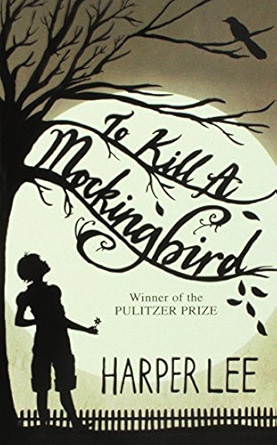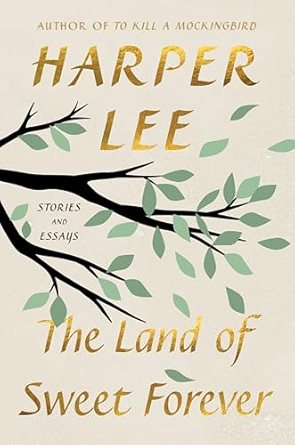Harper Lee Books in Order
This reading order guide provides the complete list of Harper Lee books in order, from the very first to the latest, so you won’t miss anything!
Harper Lee, best known for her timeless novel To Kill a Mockingbird, remains one of the most cherished and mysterious figures in American literature. Born as Nelle Harper Lee on April 28, 1926, in the small Southern town of Monroeville, Alabama, she grew up in a household filled with the quiet complexities that would later shape her writing. As the youngest of four siblings, Harper was often described as a tomboy, energetic and curious about the world around her. Her father, Frances Cunningham Finch Lee, was a respected lawyer, a role that greatly inspired the character of Atticus Finch in her famous book. Her mother, Amasa Coleman Lee, rarely left the house, and many believe she suffered from an undiagnosed mental illness—something young Harper had to make sense of from an early age.
From her high school years, Harper Lee showed a deep love for writing. After graduating in 1944, she attended Huntingdon College, and later transferred to the University of Alabama. There, she found herself completely immersed in writing, becoming a contributor and eventually an editor of the campus magazine. Though she began law school at Alabama, it soon became clear that her heart wasn’t in it. Her true calling was storytelling. She made the bold decision to leave law school behind and move to New York City, determined to become a writer.
Life in New York wasn’t easy, but it was there that Lee met a couple—Michael Martin Brown and his wife Joy—who believed in her potential. As a Christmas gift in 1956, they offered her the financial support to write full-time for a year. Harper Lee used that precious time to work on a manuscript that would eventually become To Kill a Mockingbird. When the book was published in 1960, it was an instant hit. Readers from all walks of life connected with its powerful message about justice, compassion, and racial inequality. It was chosen as a Book of the Month Club selection and even appeared in Reader’s Digest in a condensed version. In 1961, the novel won the Pulitzer Prize and became an essential part of American literary history.
Set in a fictional town during the Great Depression, the story was inspired by Harper Lee’s own experiences and observations growing up in Alabama. Through the eyes of young Scout Finch, Lee explored heavy themes like racism, prejudice, and moral courage, making them accessible through the innocence of a child’s perspective. This unique narrative voice—childlike but insightful—allowed her to present serious issues with subtle strength. The symbol of the mockingbird, a creature that “does nothing but sing its heart out,” became a metaphor for innocence destroyed by injustice.
The impact of To Kill a Mockingbird didn’t stop at the page. In 1962, a film adaptation starring Gregory Peck as Atticus Finch received critical acclaim, earning eight Academy Award nominations and winning three, including Best Actor for Peck. The story also found new life on stage, especially in Monroeville, where locals perform an annual play adaptation every May. Interestingly, despite the town’s admiration and pride, Harper Lee distanced herself from these performances, preferring privacy over fame. She famously refused to attend the plays, expressing discomfort with anything that seemed to commercialize her work.
Although she never published another book for decades, Harper Lee remained a subject of interest. She largely stepped out of the public eye, turning down interviews and declining to speak about her novel. She once said “Hell, no!” to further publicity, underlining her desire to protect the meaning of her work. Yet, honors still found her. In 2007, she received the Presidential Medal of Freedom from President George W. Bush, and later, in 2010, the National Medal of Arts.
In a surprising twist, Harper Lee published a second novel, Go Set a Watchman, in 2015—though it was actually written before To Kill a Mockingbird. The manuscript had been set aside and forgotten, hidden in a safety deposit box until it was discovered by her lawyer. The novel offered a different take on Scout as an adult and sparked much debate upon its release.
Harper Lee passed away in 2016, but her literary legacy continues to grow. Her work remains deeply relevant, often studied in schools and discussed in book clubs around the world. To Kill a Mockingbird is more than just a story—it’s a mirror reflecting the challenges of society, both past and present. Through just one powerful novel, Harper Lee gave generations a reason to think deeply, speak out, and imagine a better, more just world. Her voice may have been quiet, but it continues to echo across time.


